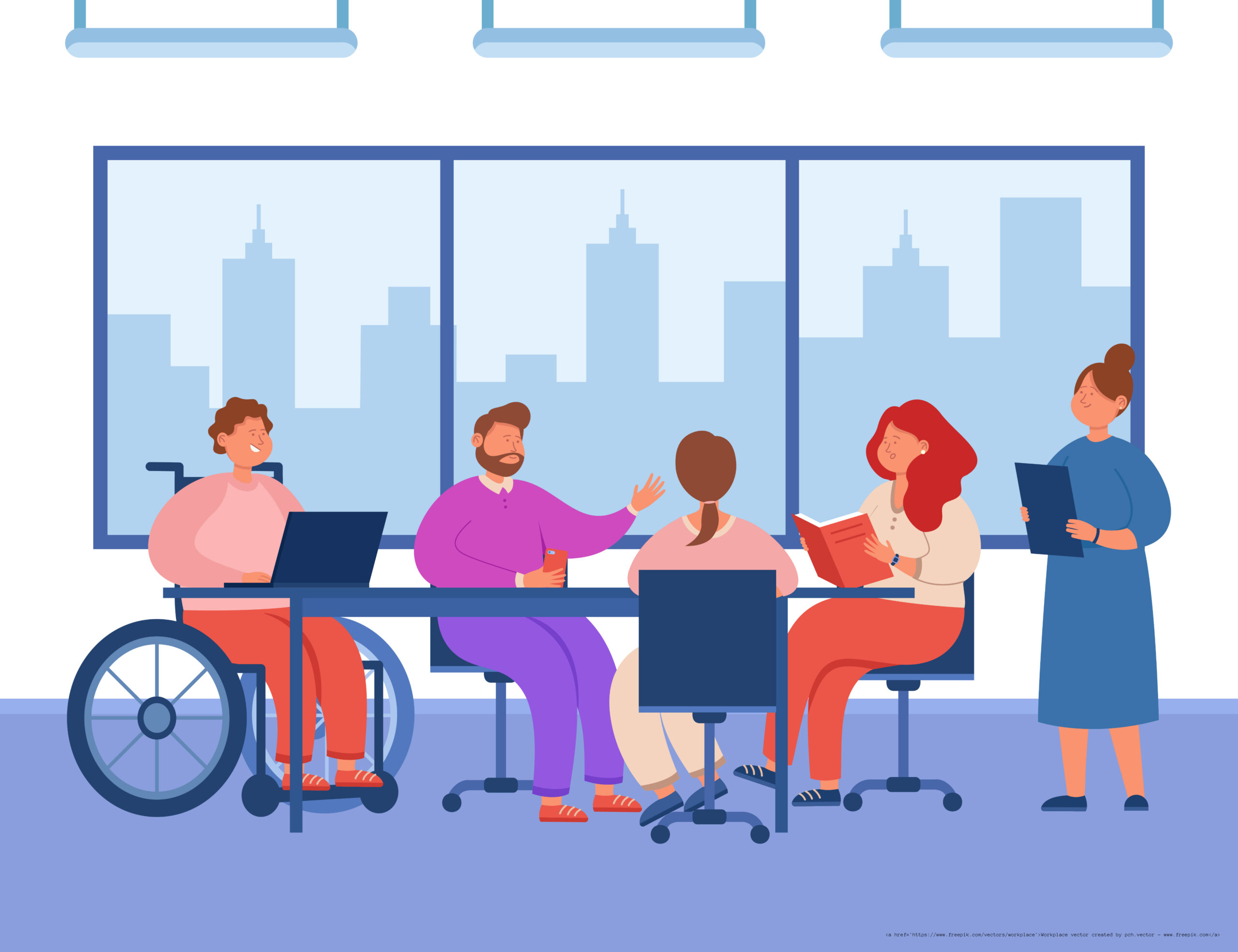According to research, “the UK has twice as many open-plan offices as the global average.”
The conversation surrounding open-plan offices is widespread and often conflicting. Depending on who you talk to you get a different viewpoint. Some people say open-plan offices are the ideal environment for collaboration and creativity. Others say open-plan offices are the antithesis of productivity and it’s time for something new.
One theory as to why open-plan office designs don’t work is that they only provide their employees with one choice of working area. If a person only has one option, they will naturally want what they don’t have. So, perhaps the problem with open-plan offices isn’t the layout itself. Rather, while the design seems to provide an abundance of space, it doesn’t leave room for different preferences and ever-changing people sitting behind the desks.
Often, we need something different from one day to the next. One day, we might need the stimulus of conversation. Other days we might have a workload we need to fire through quickly and need a quiet space to concentrate in.
At Talent Works International, we recently moved into our brand-new office space in Northampton. For this space, we adopted a mostly open plan style, but with sections and break out areas.
We have small and large meeting rooms, booths for both individual and collaborative work, and desk areas for people who need screens. This means that our employees, no matter their personality type or job role, can choose to work in the space that best suits them at that moment. We felt that this was the best way to provide a space that works for everyone.
However, we wanted to discuss both the benefits and the pitfalls of open-plan offices.
Are they really the most productive workspaces?
The most obvious point against open-place offices is that they can tend to be noisy and distracting. On the opposite end of the scale, an environment in which everyone can hear everyone else might be more likely to promote quiet. Research has found that open architecture appears to trigger a natural human response to socially withdraw from officemates and interact instead over email and IM.
In an attempt to avoid this scenario, most offices have music playing in the background to provide consistent background noise. However, this provides a whole host of problems all on its own. People’s ideal music to work to can be a point of contention and a significant distraction. As a result, many workers in open-plan offices end up wearing headphones to provide their own background noise and block out the sounds of their colleagues.
What are the consequences for employee wellbeing?
Research shows that workers in open offices “took 62 per cent more sick days than those in fully enclosed offices.” It’s inevitable, with lots of people sharing a space, that germs will spread.
To counteract this, a flexible working policy is ideal. This enables people who are infectious yet well enough to continue working while not carrying germs into a shared space. If employees feel able to work from home while sick, they are more likely to rest, recover quickly and avoid sharing their illness with the rest of the office.
So, if everyone’s using them, why are open-plan offices so popular?
Open-plan offices, of course, save both money and space. They are ideal for an expanding workforce as room can always be found for new employees. If the atmosphere created is positive, impromptu meetings can become commonplace without the need for back to back meetings in the diary.
The collaborative atmosphere can also promote casual conversations between colleagues, creating a friendly atmosphere and encouraging healthy relationships between colleagues.
As well as this, an office which is not segmented by hierarchy or importance promotes a feeling of equality. It knocks down the metaphorical walls between employees, preventing some employees from shutting themselves away and levelling the playing field. So, it can be said that companies which implement the open-plan office are making a bold statement about the internal workings of the entire company.
Of course, all these factors depend on the design of the office itself, the company and the people. Each of these elements can influence the success of an open-plan office. So, while some companies might love it, some will hate it.
The best way to find out is to ask the staff. After all, happy employees are up to 20% more productive. So, it makes sense to check in and make sure the space they’re working in works for them.
Overall, however, the consensus drawn from research is that open-plan offices stifle rather than encourage productivity. To implement a workspace that works for everyone, perhaps a combination of open-plan with breakout spaces for quiet and privacy is the way forward. Or maybe, in a few years, we’ll all be back to cubicles and offices. Somehow, though, that seems unlikely.
Check out some images of our office in Northampton taken by Aiva, one of our talented recruiters.













